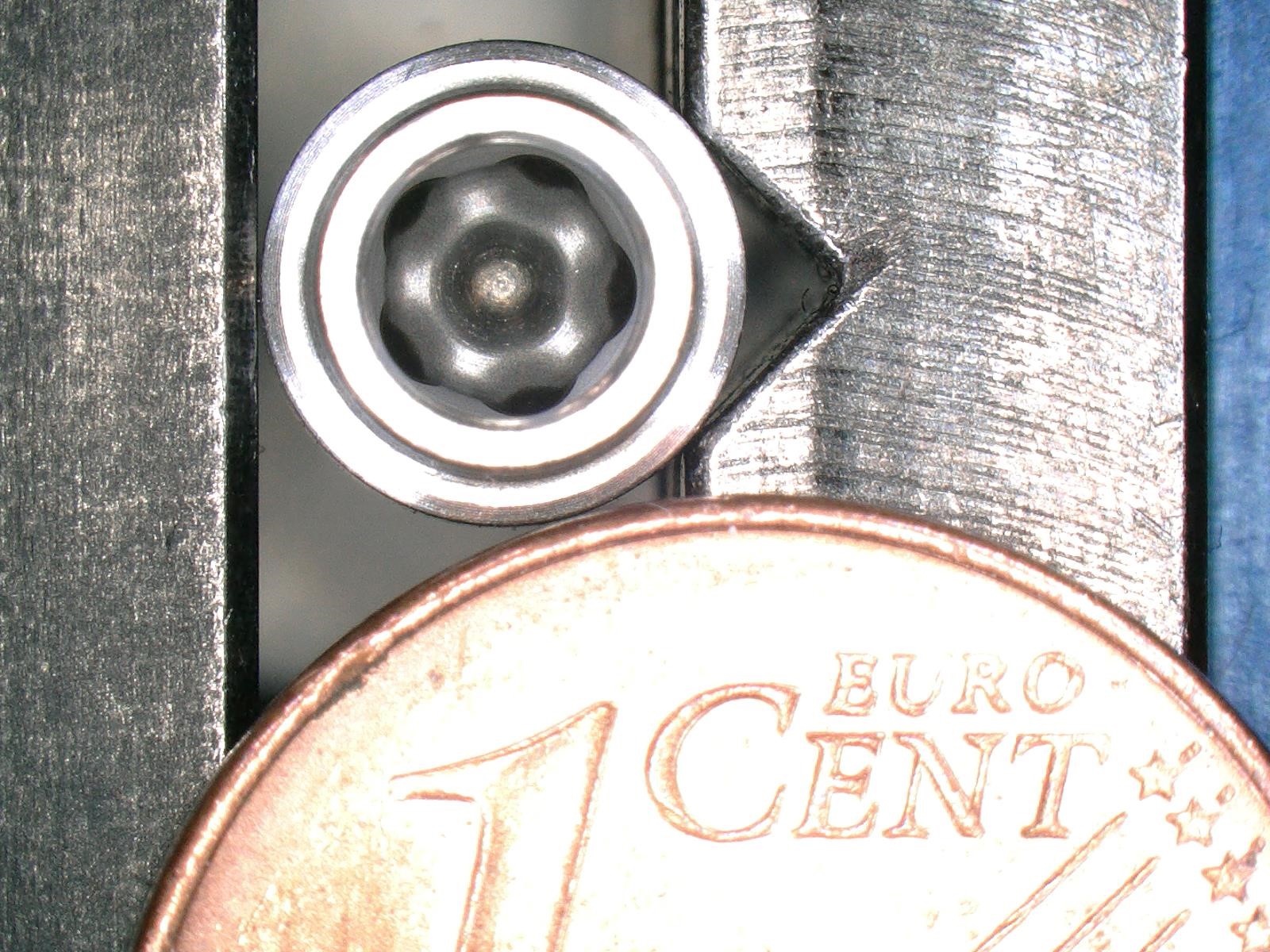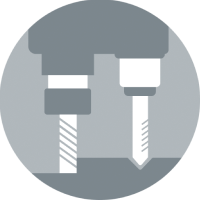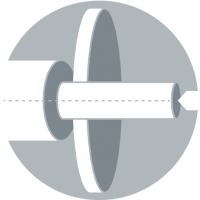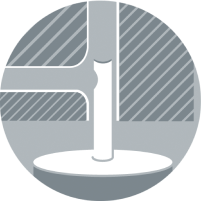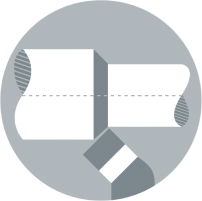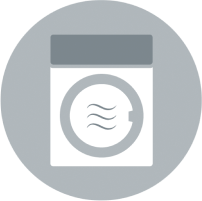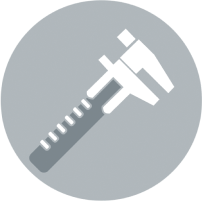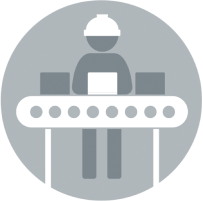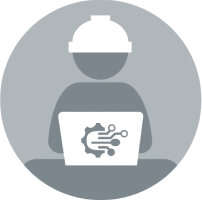ECM and PECM
Electrochemical metal machining (ECM): all types of edge processing and surface finishing for large and small series (from standard systems to fully automated special machines).
Precise electrochemical metal machining (PECM): high-precision geometries thanks to oscillating cathode feed and small cathode distance to the workpiece (approx. 0.05 mm).
Processing areas:
- All materials that are conductive (metals of all kinds), hardened and unhardened
- From edge breaks from approx. 0.05 mm up to any customer requirement or required edge break
- PECM process: Surface qualities up to Ra 0.05 µm
Machine concepts:
- ECM/PECM
- Partially or fully automated
ECM electrochemical metal machining:
The most thorough process in surface machining
Deburring, forming, drilling, cross-drilling, countersinking and boiling out: Electrochemical metal machining (ECM) is the collective term for a wide variety of metal machining processes. At the same time highly precise, reliable, economical and clean, almost all metals – including high-alloy materials such as nickel-based alloys, stainless steel alloys or hardened materials – can be machined easily and efficiently.
ECM technology from stoba Customized Machinery – the right solution for every requirement
Our ECM technology is always used when high-precision, consistent, high-quality and fast machining of metallic workpieces and components is crucial.
ECM machines from stoba can adapt any machining process to the customer’s wishes and individual requirements, regardless of the complexity of the workpiece.
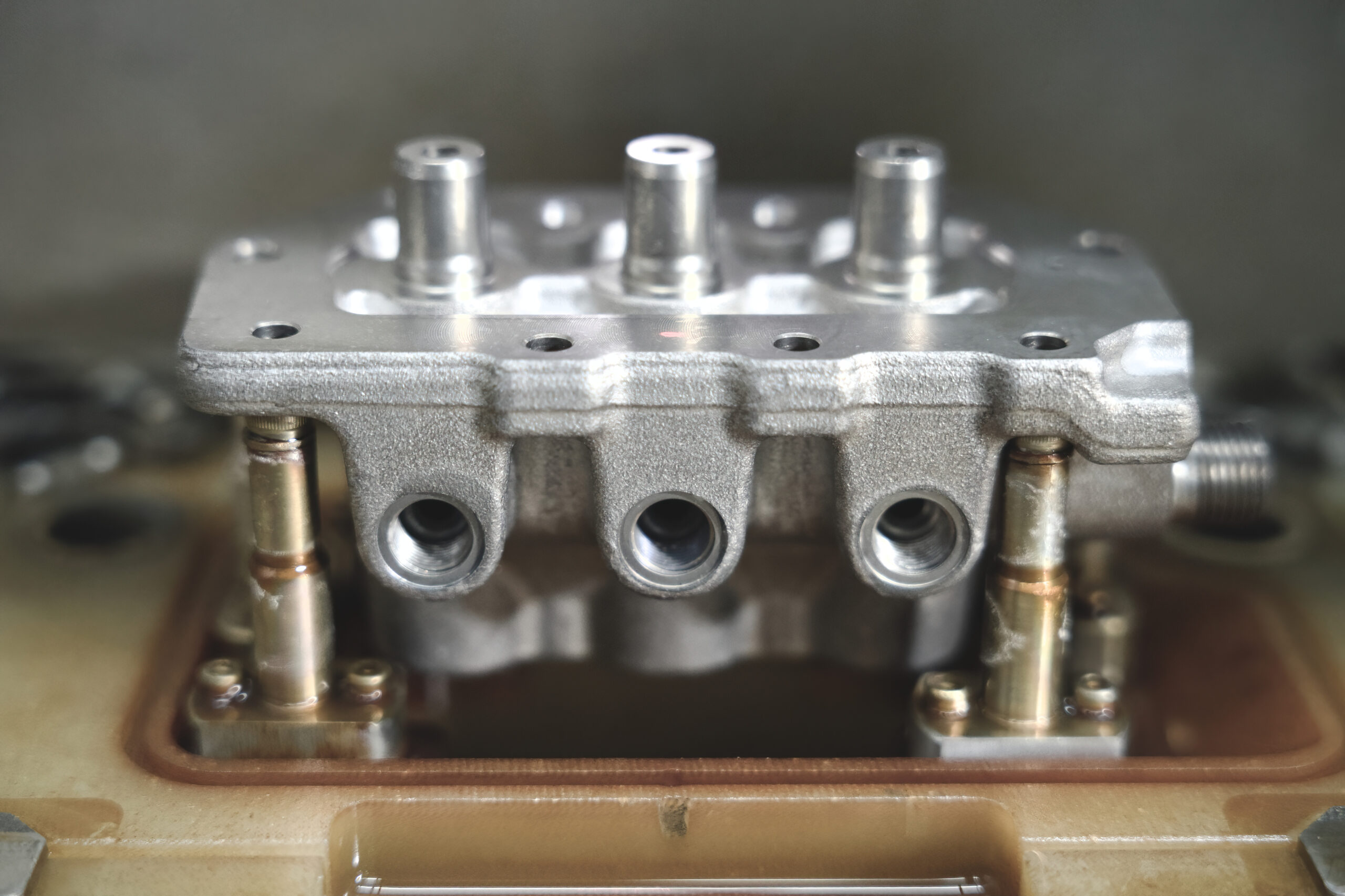
How does the ECM process work?
When using ECM, the workpieces are processed by the anodic dissolution of metal. To do this, the workpiece (anode) is mounted on a device and a cathode serves as a tool. It triggers the high-precision machining process by flushing the electrolyte liquid under direct current to where the workpiece is to be machined. An electrical charge is generated in the narrow gap between the cathode and the workpiece. This causes a transfer of electrons from the workpiece, which is necessary for the exact removal of the desired material.
The shape of the cathode is crucial in the process: it determines the final shape of the workpiece or the impression placed on the workpiece (tomography).
In order to maintain a constant electrolyte quality and thus equally good conductivity, the material that is removed during the electrochemical process must be filtered out of the electrolyte. All this is guaranteed by the machines from stoba Customized Machinery.
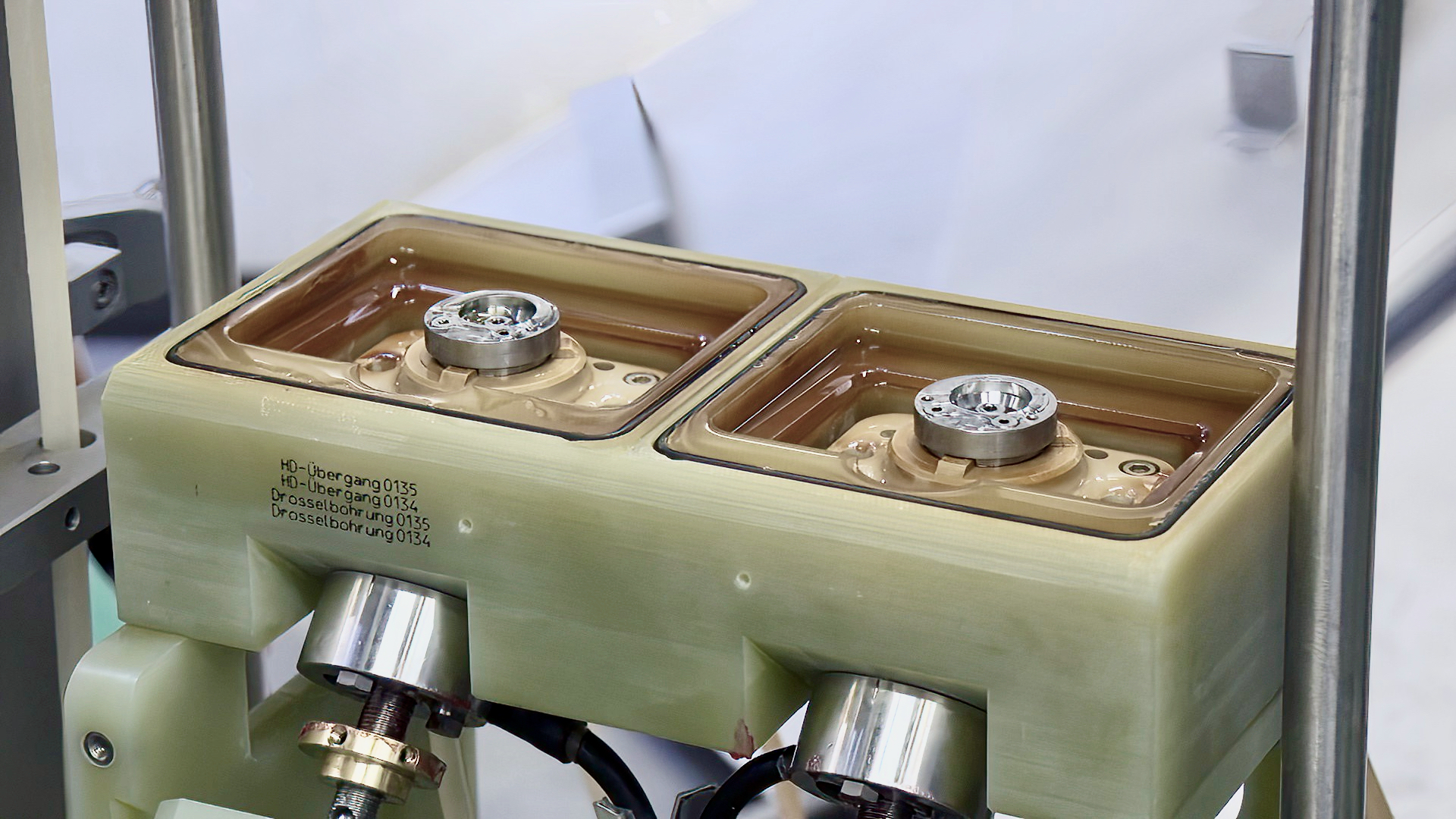
When is the electrochemical process used for metalworking?
- For electrically conductive materials
- For processing hard-to-reach areas
- For dimensionally accurate and precise deburring of surfaces
- For electrochemical removal of material
- When it comes to producing defined radii or edge breaks
- For machining thin-walled, delicate and complex workpieces
- Electrochemical ablation is also ideal for drilling contours
Electrochemical deburring of metal – a reliable process in the industry
The ECM process is as simple as it is ingenious: The stoba cathode is designed so that it does not touch the workpiece surface – this means that no process-related tool wear occurs. In addition, we can optimize the removal process by using specially developed stoba generators to such an extent that maximum time savings are guaranteed while maintaining the highest quality. A system with which the highest demands can be reliably met.
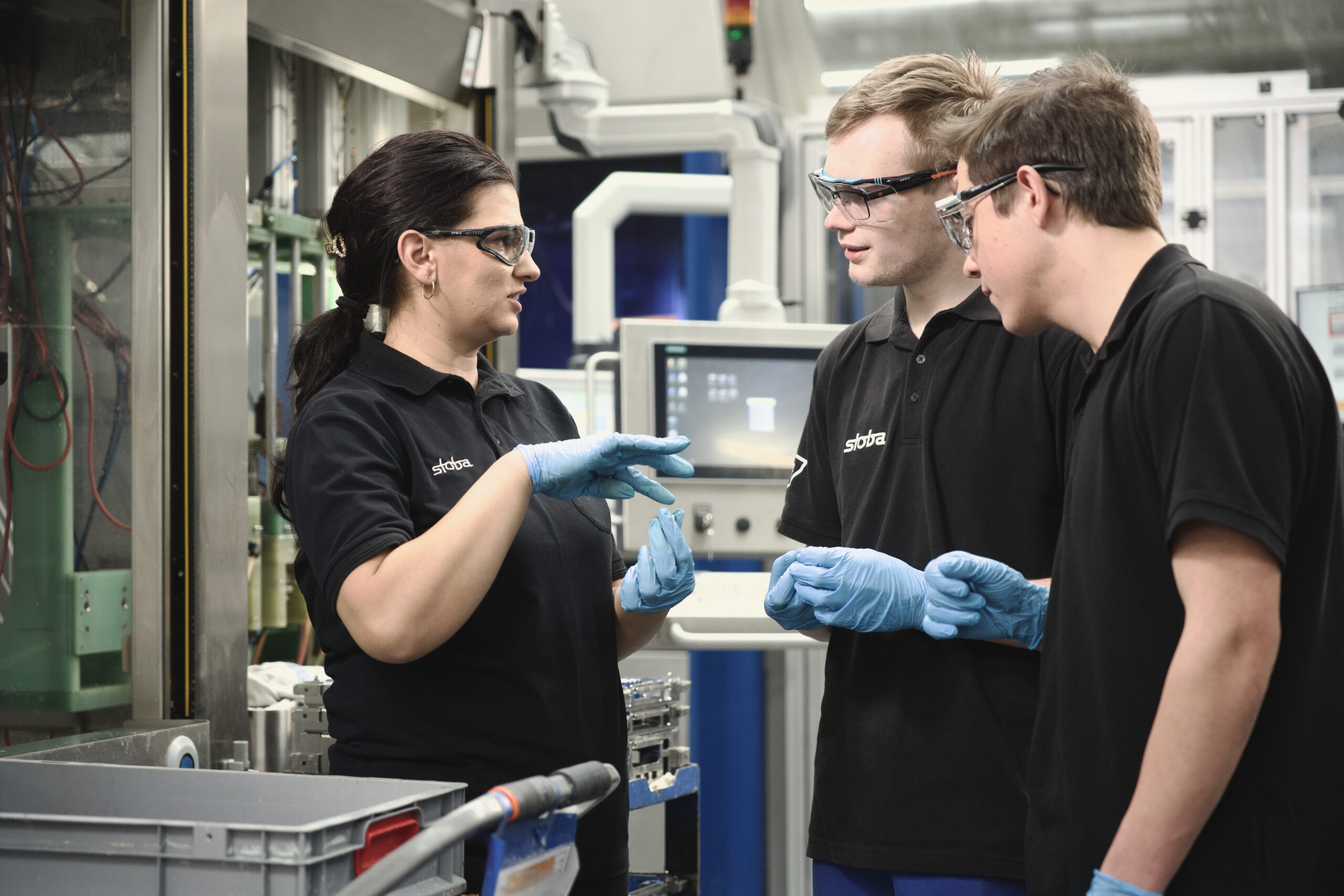
What advantages does ECM metalworking have over other metalworking processes?
- Minimized process time, especially through the use of multiple devices
- Electrochemical ablation is particularly efficient for components with complicated and difficult-to-access shapes
- Structural stability, as there is no contact and processing takes place at room temperature
- Minimum machining tolerance
- High reproduction volume
- No process-related tool wear (cathodes) occurs during electrochemical deburring
- Smooth, precise transitions and edges without burrs
- Very high surface quality
